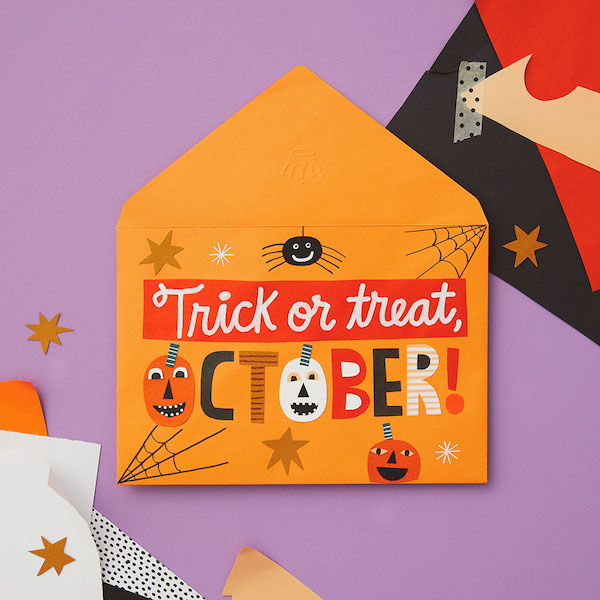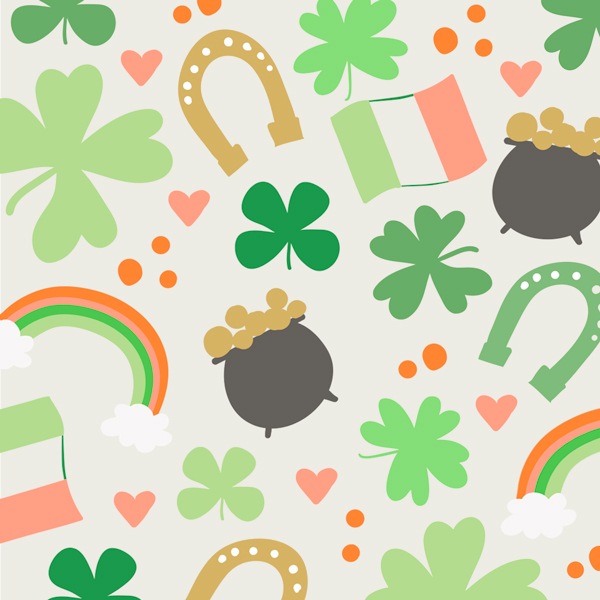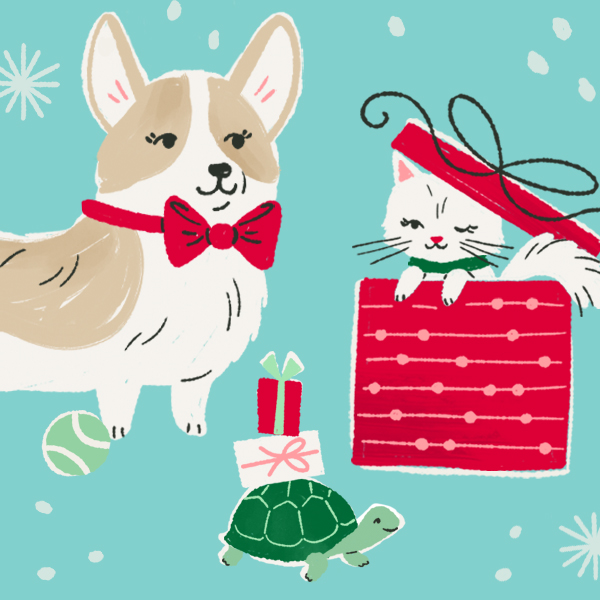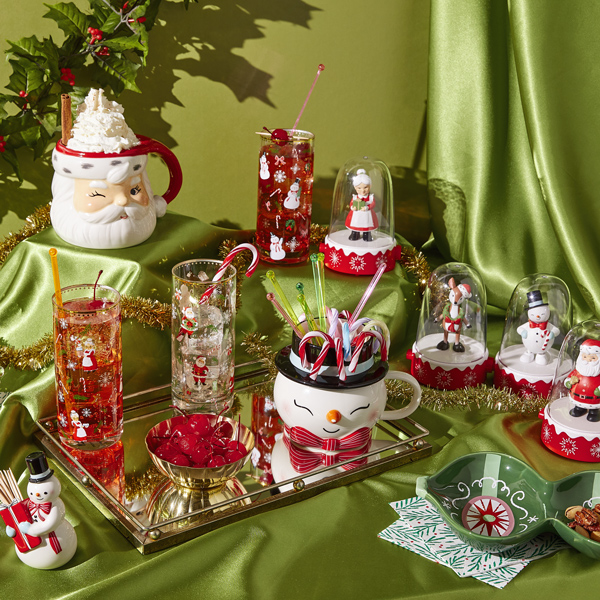The history of Father’s Day and how Hallmark cards for dads have evolved
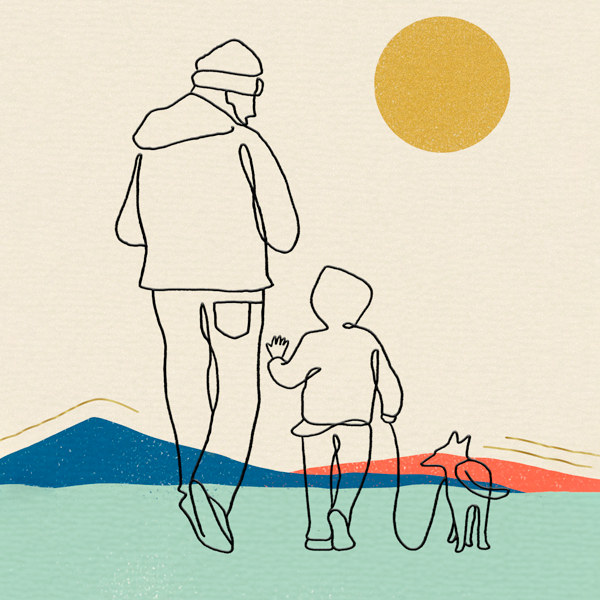
We all know Father’s Day is the holiday that falls about a month after Mother’s Day. Mostly because that’s when families remember that dads might like a gift, a specific meal of some sort, and maybe even a card, too.
But how exactly did it come to be? And why is it recognized during the third weekend in June? If you’re looking for answers to questions like these about the history of Father’s Day, you’re in the right place. Not only that, but I’m going to give you an inside look at the history of Father’s Day cards at Hallmark, too!
Inspired? Create and share by tagging @hallmarkstores.
The history of Father’s Day goes back nearly 4,000 years—way before Dad played football in middle school for a coach that never saw his potential—to a Babylonian kid named Elmesu who carved the first Father’s Day card in clay. (We have no record of how many stamps it must have taken to send it anywhere, but it is reported to have actually existed.)
Of course, people all over the world probably celebrated their dads before and after that in all kinds of ways. But it wasn’t until thousands of years later, in 1909, that things started to get official.
One Sunday, a woman named Sonora Louise Dodd was sitting in church listening to a Mother’s Day sermon about moms. Now, because cell phones had not been invented yet, Sonora had to pay attention. And she got to thinking about her dad William—a widower and Civil War vet who had raised six kids for two decades after the death of his wife.
Clearly her dad was just as celebration-worthy as those moms, she thought. And so the holiday was born!
But it didn’t exactly take the nation by storm. At a time when gender roles were a lot less flexible than they are today, many saw the idea of a day of recognition for Dad that paralleled a “woman’s holiday” as unmanly. Candy and flowers were the typical Mother’s Day gifts, and these were not viewed as “dad stuff.” (I imagine what was thought of as “dad stuff” in their minds was probably limited to things like various meats and beer.)
“Brunch” doesn’t have to mean “boring.” Get Father’s Day off to a deliciously spicy start with a Bloody Mary Bar! Just the fixins alone are sure to put him (and everyone else) in a celebratory mood.
Thankfully, the idea of Father’s Day slowly and surely began to catch on as progress was made by four presidents:
- In 1916, Woodrow Wilson observed the day, and the momentum began.
- In 1924, Calvin Coolidge signed a resolution “to establish more intimate relations between fathers and their children and to impress upon fathers the full measure of their obligations.” (Kind of judgy but…OK.)
- In 1966, Lyndon Johnson signed an executive order setting an official day: the third Sunday in June.
- In 1972, under Richard Nixon, Congress made it an official holiday.
But, I suppose you didn’t come here for tons of ancient history. The part about Elmesu and Sonora and the presidents was probably plenty. So let’s talk for a minute about the history of Father’s Day cards from the perspective of a card writer!
How Hallmark Father’s Day cards have evolved
Usually when we do these articles, we don’t get the chance to tell you much about ourselves or our work. But since I’m both a father and grandfather and have written a lot of Father’s Day cards, it just felt right.
So, Hi! I’m Dan, and I’ve been a writer at Hallmark for almost 40 years.
When I started, dad humor was pretty limited. The history of Father’s Day cards is one of lovable doofuses playing golf, guys obsessed with grilling, duck decoys (for some reason), forest-y type settings, and sometimes sailboats. That’s about it.
We made cards with “Caveman Dads” who only spoke a few words and those were mostly about barbeque. Fathers were not expected to communicate effectively, much less emotionally. What they had in common was that, collectively, they just didn’t “get it.”
But that’s all changed for the better! The fathers in greeting cards these days are active, engaged, empathetic partners who are dedicated to being the best dads they can be (while maybe sneaking in a quick nine holes every now and then).
The artwork depicts a wide range of dads and settings. And the words (my favorite part) have changed, too—dads are not the target of the jokes as much as appreciators of the jokes. It’s a shift toward “laughing with” vs. “laughing at” as fathers have evolved.
The role of dads has changed over time. The love of bacon has not. Make sure he knows he’s special with these dad-centric cookies! We’ve got plenty of other dessert recipes to choose from, too.
We get the inspiration for changes like these from two places: research and insight. Hallmark writers and artists are always watching trends to see what’s new and what’s next. We read, we watch TV, we go to movies—in my case, we do that a lot—and we keep our eyes and ears open. (I was going to say, “eyes and ears and hearts,” but even a Hallmark writer knows when they’re being “too Hallmark.”)
The change in our Father’s Day cards has been gradual and organic, and it’s not written in clay like that first Father’s Day card. Jokes that make fun of Dad still work and we still make them, but we also make jokes that make fun of life as we know it and as we share it. There’s a “more real” feeling to the jokes we make now, and the more serious cards sound like people are actually speaking them, not making them up to sound perfect.
Dads shown in our cards today aren’t passive participants in parenting. They’re just like dads in real life—enthusiastic proponents of all things family who are as likely to braid a ponytail or host a tea party as they are to toss a baseball. See how cards have changed over the years in the carousel below!
Hallmark Father's Day cards through the years
The history of Father’s Day is full of deeply held emotions—even if dads haven’t always been great at showing those emotions. Dads today want to share their feelings, especially their pride and joy at being your dad.
We’re proud to be making cards that help you express real feelings in real ways. The messages we’re creating today express our own experiences and emotions. They’ll tug a heartstring or bring a smile, because they’re literally from us to you, wishing you the happiest of Father’s Days!
Looking for some more Father’s Day fun? Check out these articles:
Shop Father's Day
See allYou may also like
See more-
Christmas Bring home the jolliest beagle this season
If you had any doubt, Peanuts® Snoopy is definitely Team Santa. Watch him dance, giggle and howl to a jazzy version o...
-
Christmas Stocking stuffer ideas for literally everyone on your list
The stocking stuffer struggle is real. By the time you’ve bought your main presents, you feel like you’re all out of ...
-
Christmas Christmas care package ideas to make a present personal
We all know someone who could use a little extra care at Christmas: maybe it’s a friend going through a tough time or...
-
Card Ideas Birthday wishes for friends: What to write in a friend's birthday card
Our friends are like the family we choose—they answer our texts, give us Netflix and skincare recommendations, and ho...
-
Halloween Halloween wishes: What to write in a Halloween card
Halloween is a high-fun, low-pressure holiday—and a great opportunity to connect. For the kids in your life, getting ...
-
Gift Wrapping 3 Christmas gift wrap ideas to match your holiday personality
If you’re anything like me, the holiday season can make you tap into different sides of yourself. Maybe you become th...
-
Christmas This way to the North Pole: 50+ Kids Bedroom Christmas Decoration Ideas
Kids LOVE getting to express themselves—especially when it comes to their rooms. And when it comes to Christmas-lovin...
-
Christmas We love October!
Why? Because it’s Keepsake Ornament Debut time, and that means Christmas is just around the corner! Join us October 1...
-
Christmas Put on a show with this very merry microphone
Have a jolly good time throughout the holidays with this Merry-Okee microphone. This holiday-themed karaoke microphon...
-
Anniversary 23rd wedding anniversary gift ideas
Traditional: Silver-plate
-
Wedding Dearly beloved: Personalized wedding memorial ideas to make your day even more special
You’ve finally found the person you want to move through life with—your one. As the two of you start planning your we...
-
Anniversary 22nd wedding anniversary gift ideas
Traditional: Copper
-
Anniversary 21st wedding anniversary gift ideas
Traditional: Brass ...
-
Calendar Flip Hey, Pumpkin! October 2024 Holidays and Observances
Get info, ideas and inspiration for October holidays and observances, including free sharable quotes and digital wall...
-
St. Patrick's Day What is St. Patrick’s Day?: A peek into its history and finding fun ways to celebrate
I’m Irish. I won’t ask you to kiss me, but I am. Irish-American, an O’Connor on my mom’s side with roots traced back ...
-
Pets DIY Gifts for Pets: 40+ ways to celebrate your favorite critters
When it comes to showing our pets just how much we love them, we don’t mind going all out. After all, our beloved bes...
-
Christmas These Happy Tappers will steal the show this season
No matter how you arrange them, our Holiday Happy Tappers get in festive formation. 🎅 You'll get such a kick out of w...
-
Dr. Seuss™ The Grinch is headed your way for the holidays!
The Dr. Seuss™ The Grinch Sledding Plush rockets its way into your holidays playing a spirited version of “You’re A M...
-
Christmas How to create a Christmas room: Ideas for making your home an immersive Christmas experience
During the holidays, immersive experiences like themed bars, light walks and Instagram photo pop-ups are everywhere. ...
-
Christmas KOC-Exclusive Weekend at the Hallmark Christmas Experience
Join us for a special KOC-only weekend at the Hallmark Christmas Experience on December 5-7! Attend behind-the-scenes...


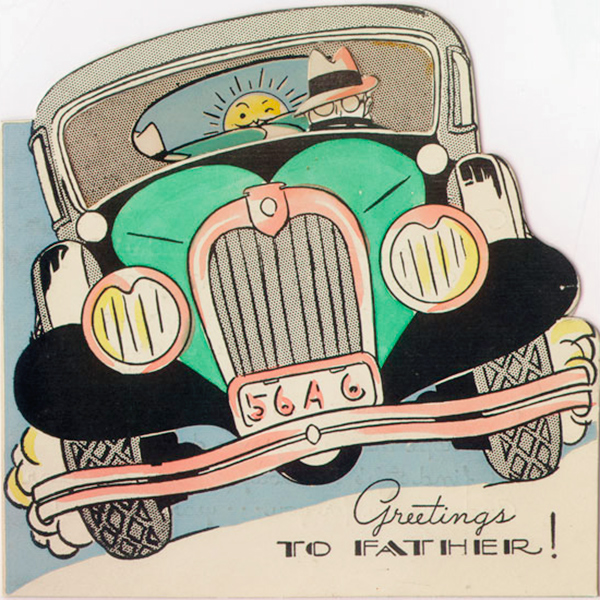
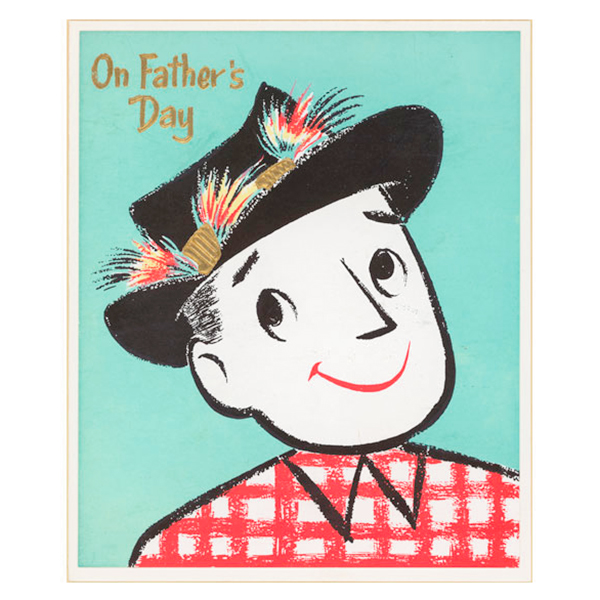




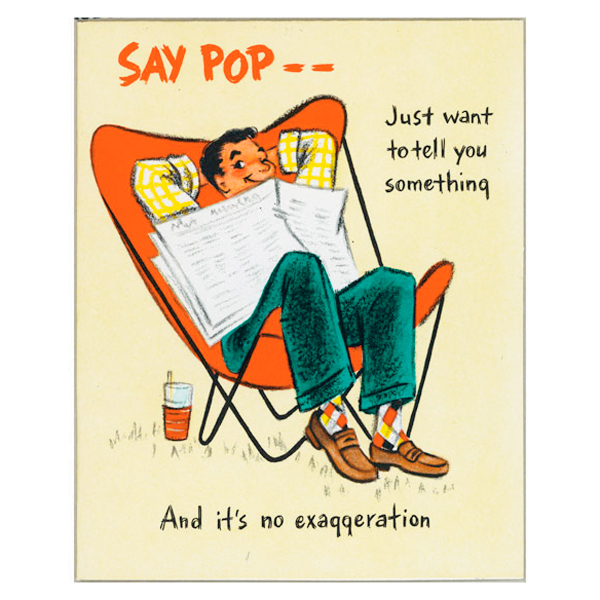


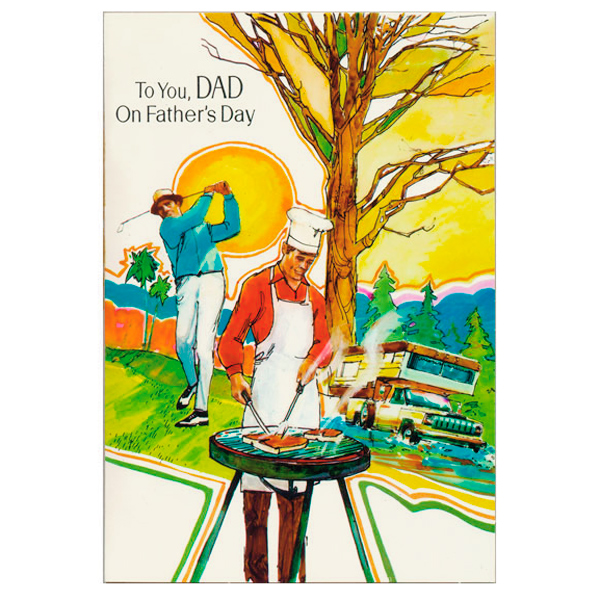
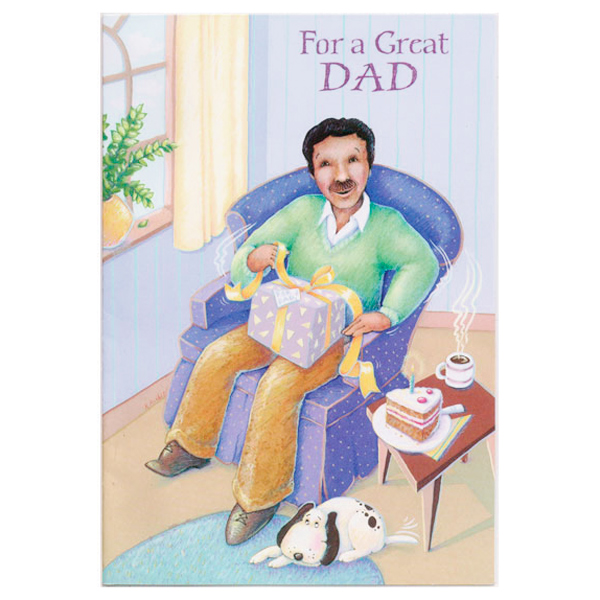
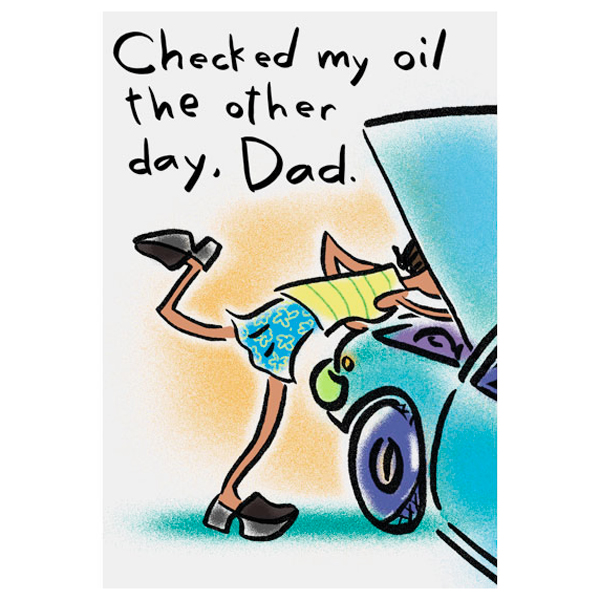
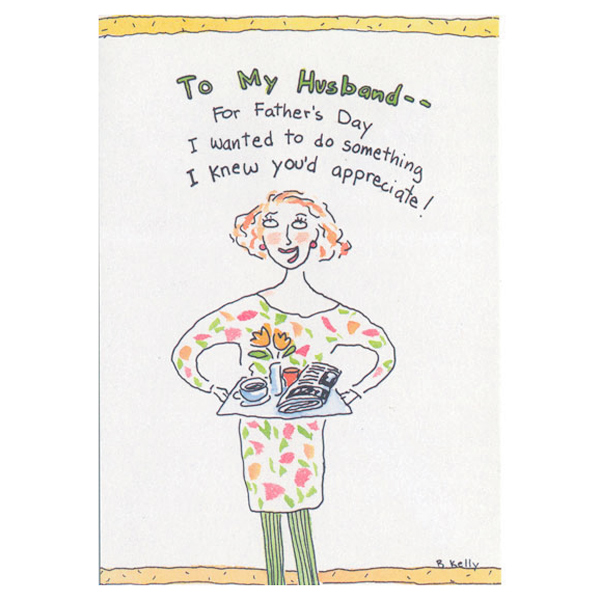


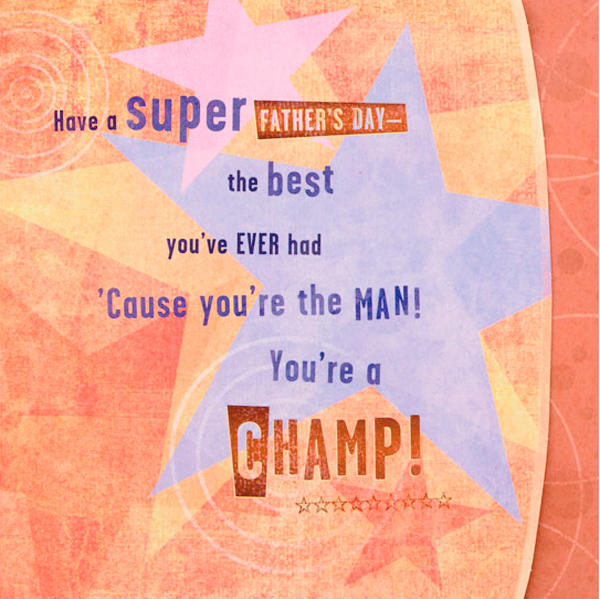

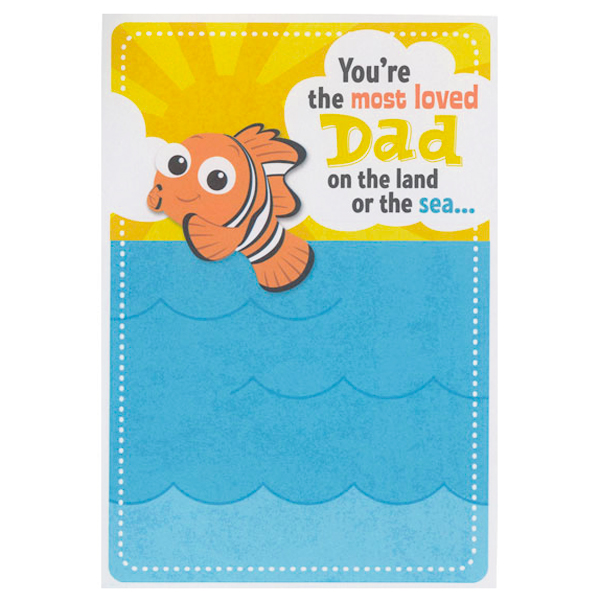
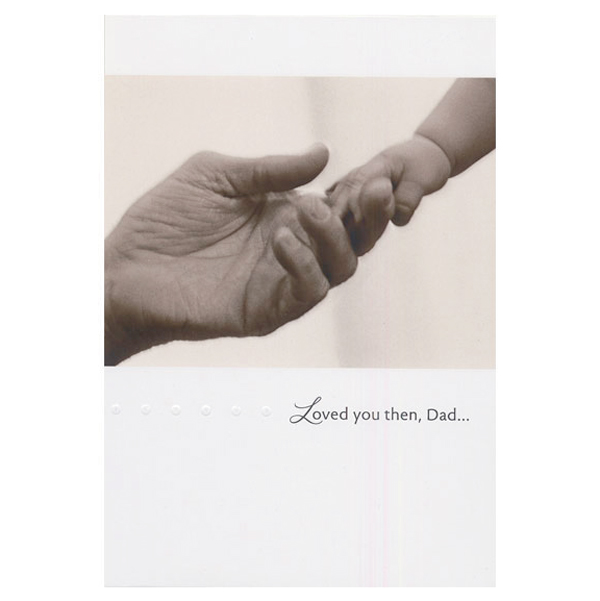
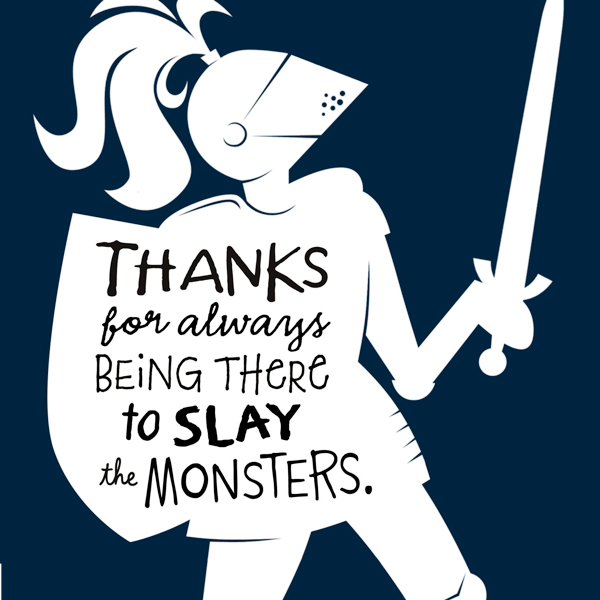
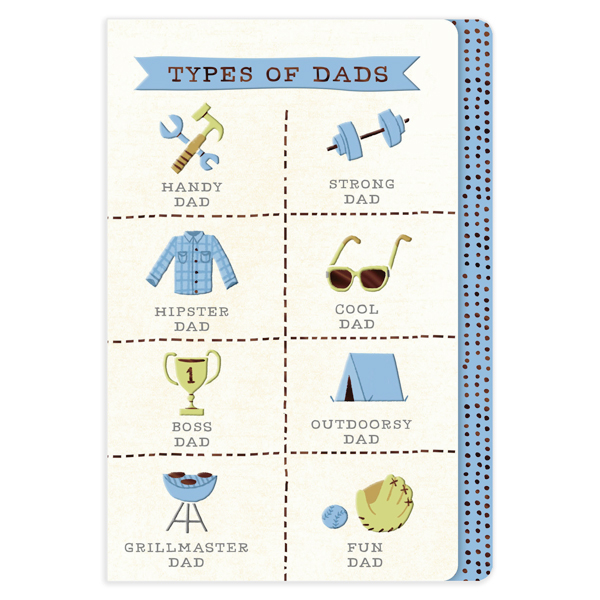
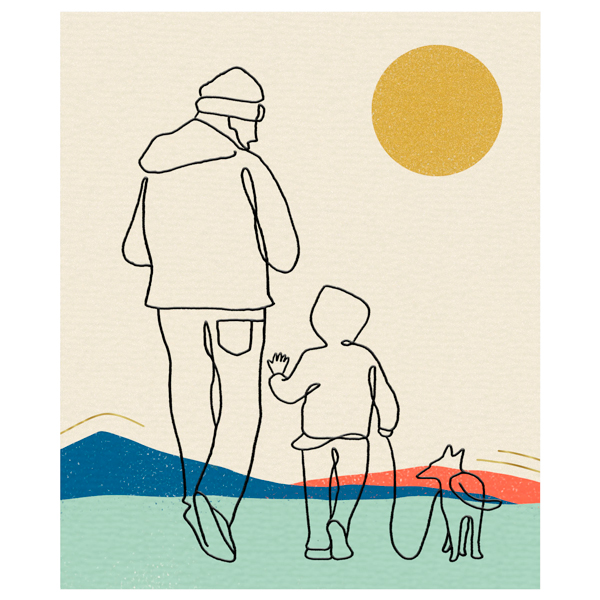

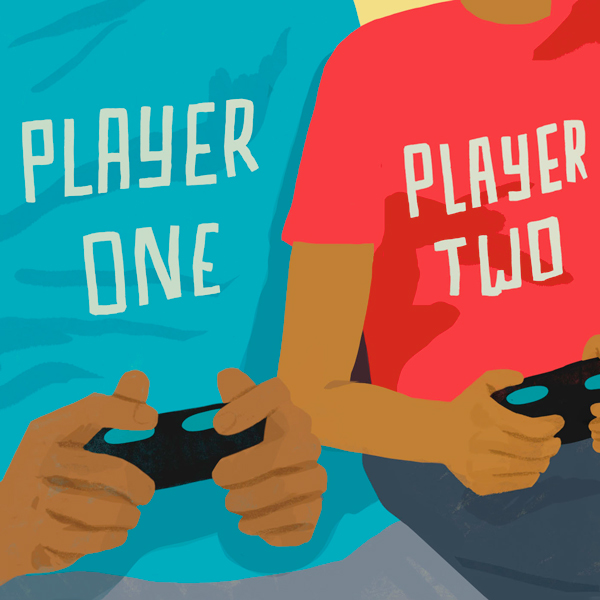
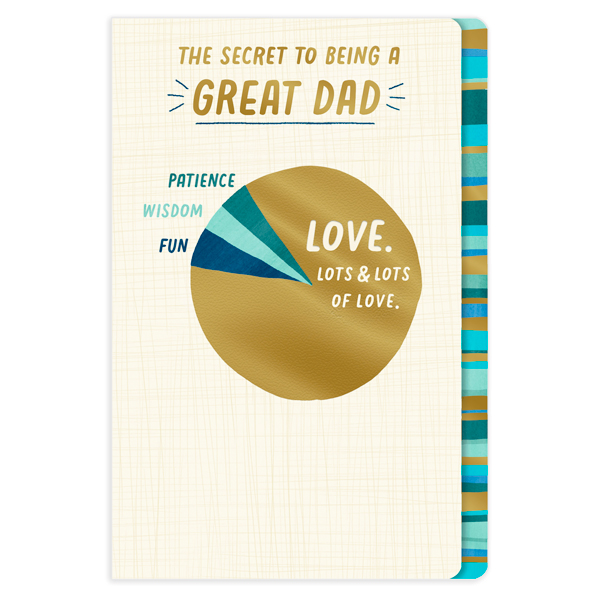

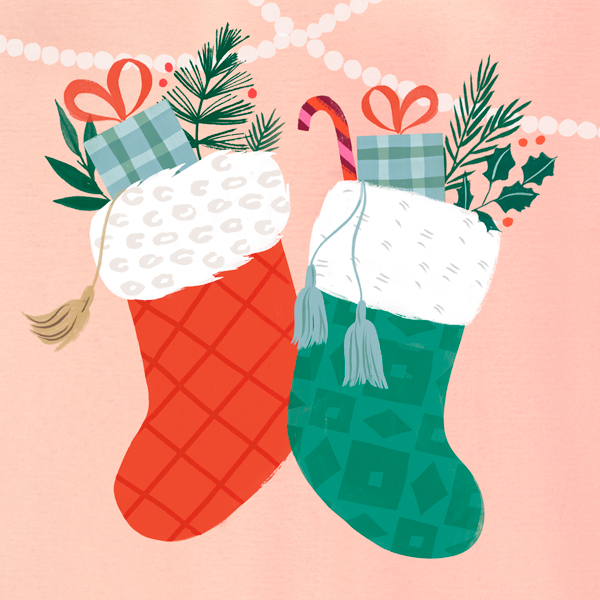
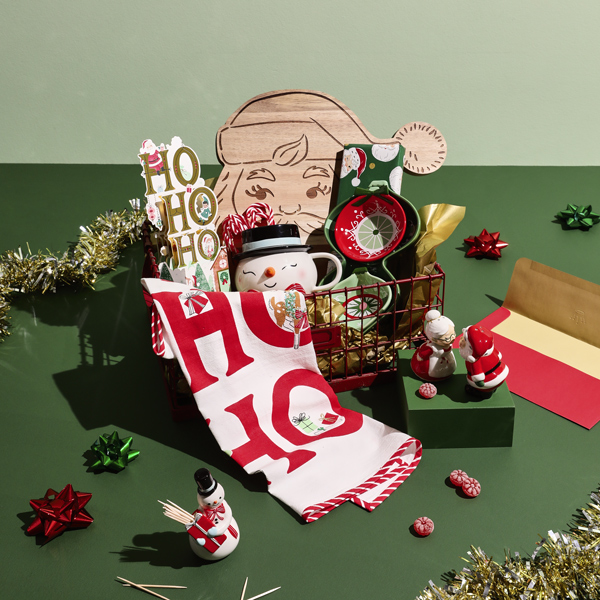
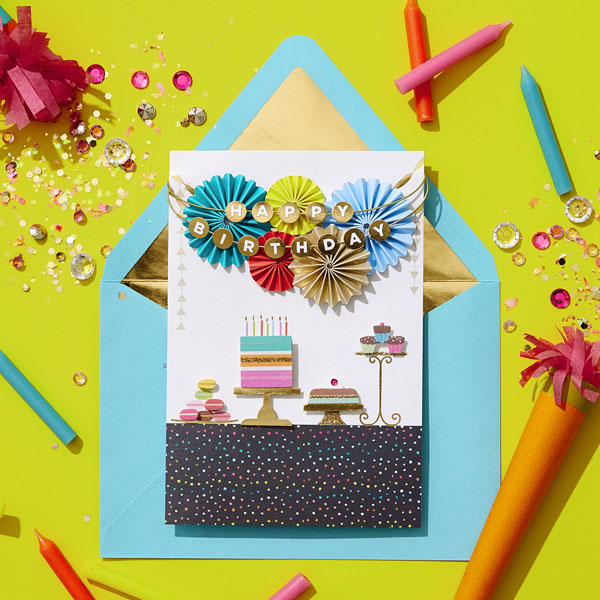

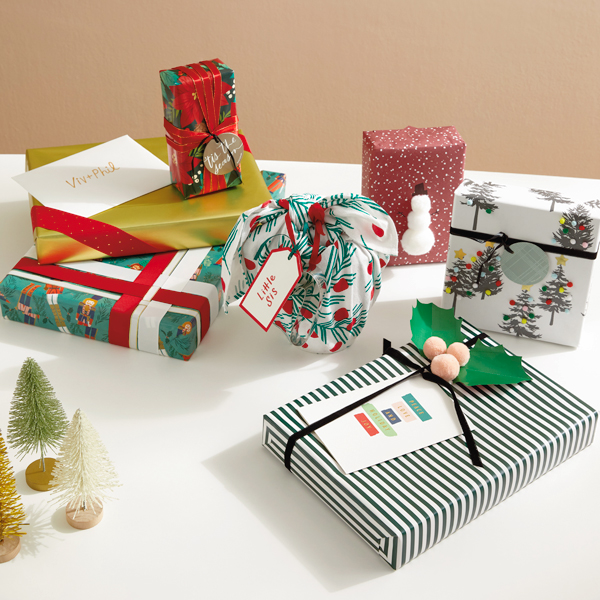



![Number 23 with symbols for air [Anniversary Gifts by Year]](https://ideas.hallmark.com/wp-content/uploads/2021/07/23-anniv-ideas.jpg)
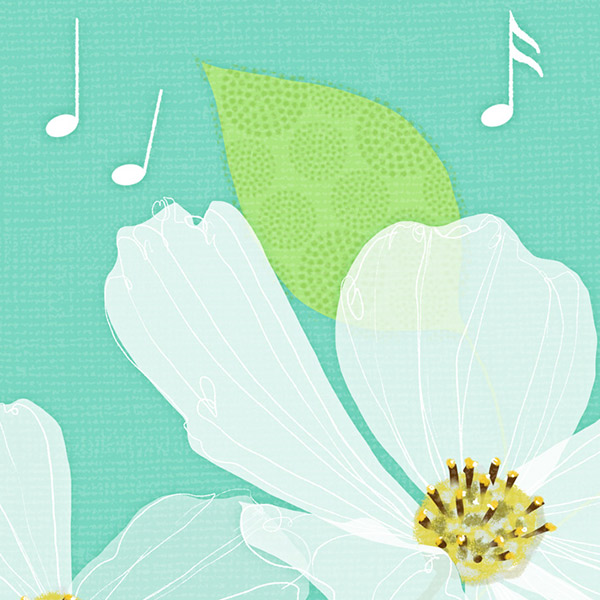
![Number 22 with symbols for water[Anniversary Gifts by Year]](https://ideas.hallmark.com/wp-content/uploads/2021/07/22-anniv-ideas.jpg)
![Number 21 with symbols for fire [Anniversary Gifts by Year]](https://ideas.hallmark.com/wp-content/uploads/2021/07/21-anniv-ideas.jpg)
